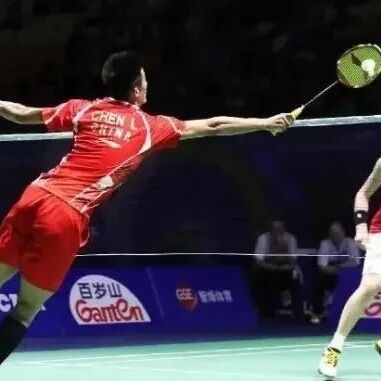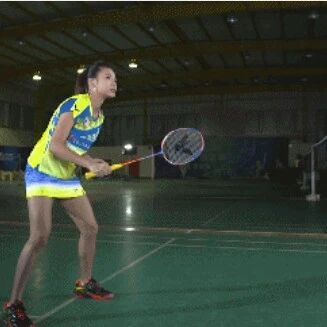To excel in doubles, here are the 6 qualities you must possess.
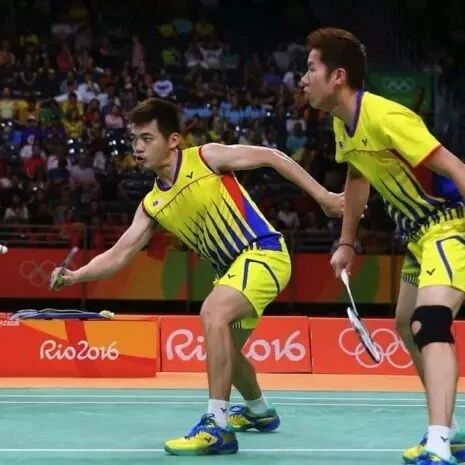

Often, people say that in badminton, singles and doubles aren’t really one sport. Singles is more about an individual’s skill and ability, while doubles emphasizes the seamless coordination between the two partners.
Today, let's take a look at what it takes to play doubles effectively!
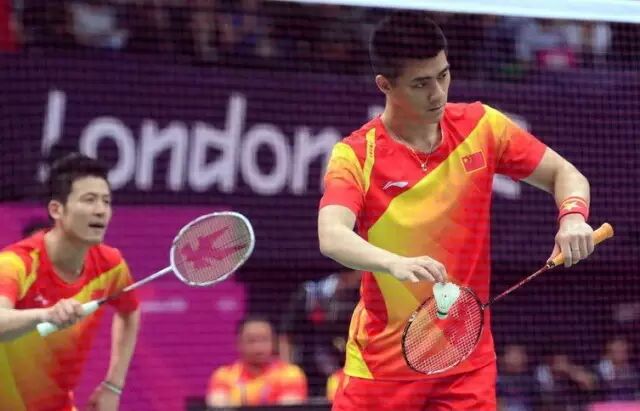
In singles, the importance of the serve is often overshadowed by the ability to rally effectively; however, in doubles, where opponents are two players strong, even a small vulnerability can easily lead to lost points—making the serve-and-return phase absolutely critical.
Whether serving or receiving, players can instantly tell who is stronger at the moment of engagement.
In doubles, the server needs to anticipate the receiver's habitual hitting point and be ready to follow up accordingly; meanwhile, the receiver must simultaneously observe the opponent's positioning while smoothly transitioning into their next shot, forcing the opponent into a defensive position that compels them to lift the ball high.
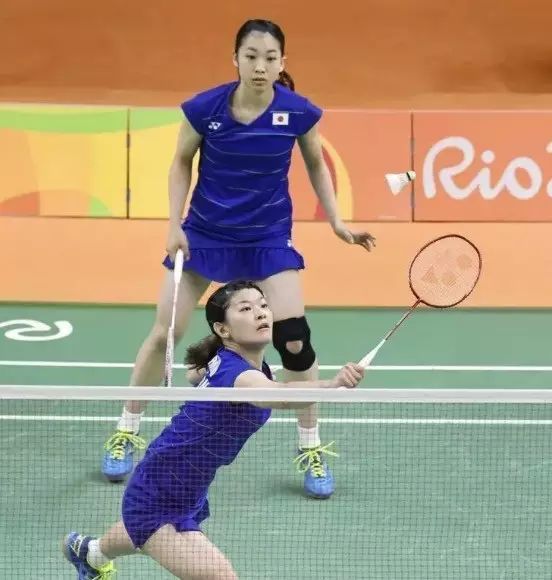
The handling of net shots in singles is completely different from how they’re dealt with in doubles.
In doubles, the primary role of the net play is to create offensive opportunities for the partner in the backcourt.
You need to be bold yet meticulous, with quick reflexes—otherwise, your opponent will catch you off guard and strike back. Focus on closing the net aggressively, setting up plays that create opportunities for your partner. That’s exactly what you need to do in this tight, crucial area at the net.
You absolutely must break the habit of hitting the ball at the slightest touch—otherwise, this doubles match simply won’t work.

It is well known that the hallmark of doubles play is its fast, seamless rhythm.
Flat drives, net blocks, and seamless offensive transitions require you to stay sharp in the midfield—always confident in handling the ball to seize the upper hand.
The rhythm of the first three beats is absolutely critical in controlling the court. Midfield players must avoid delivering soft, ineffective passes—instead, they should maintain a dynamic tempo in their flat drives, quick smashes, and precise ball distribution, putting the opponent under relentless pressure and leaving them completely off-balance.
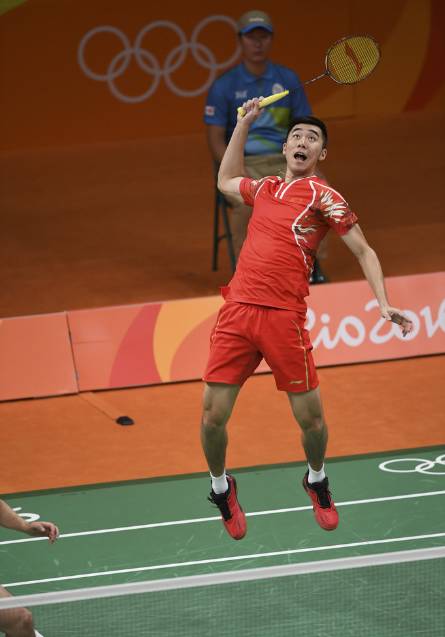
In doubles, offense is definitely the aspect that partners discuss and strategize about the most.
Achieving smooth, continuous downward pressure is actually quite challenging—especially for amateur players. It takes years of practice and coordination among teammates, as well as a deep understanding of each partner's habits, to keep up with the rhythm of their offensive moves.
After all, amateur players have limited abilities and tend to rely on a single, monotonous approach when it comes to their downward techniques—usually just focusing on one thing: speed, pushing hard with the mindset of "Faster! More aggressive!" But in doing so, they fail to recognize their own lack of effective offensive skills. As a result, not only do their attacks fall flat, but they also end up becoming a major liability, leading directly to lost points.
In doubles, focus should be placed on controlled downward shots and aggressive play, paying close attention to the seamless connection between your strokes. Aim to create opportunities for your partner to approach the net, avoiding reckless reliance on sheer power—and certainly don’t expect to finish off your opponent with just one well-placed shot.
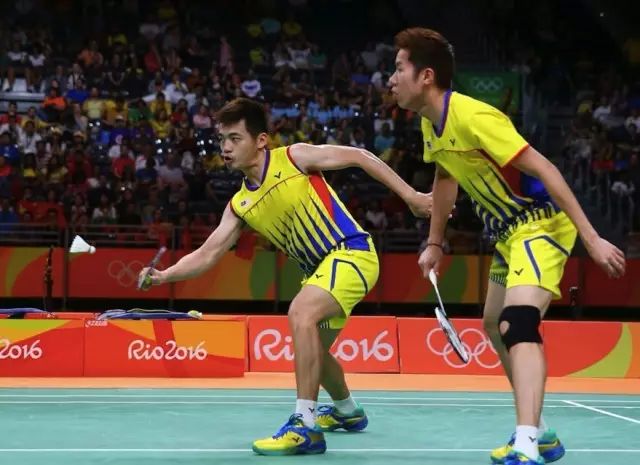
When it comes to receiving and hitting drop shots or drives, you need to be aware of your strengths and weaknesses in defense.
Handling the incoming ball requires, at a certain level, actively meeting it with an intent to guide and distribute the play—using precise control from your fingers and wrists to seamlessly transition into the next phase of the game.
In the past, when playing shots, you needed to adjust the ball's trajectory based on the characteristics of your opponent's blocking and pressing style. If your opponent is launching powerful, fast-paced attacks, focus on blocking rather than blindly going head-to-head—execute your movements instantly and decisively. For slower incoming balls, consider combining follow-through flat strokes with downward smashes to ensure smooth, rapid transitions into your next shot.
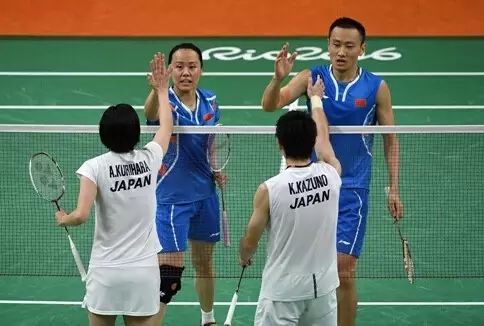
A great doubles player knows how to turn things around in tough situations—only then can their true strength typically shine through in the later stages of a match.
Actually, in a closely contested match, it's the few points at the end that often make all the difference.
If your mindset isn’t strong, all the hard work you put into a good start will be for nothing. Some players naturally prefer playing when they’re in control—when the score starts to pull away—and suddenly find it incredibly tough, leading them to give up on themselves. Ultimately, it’s all a matter of mindset. On the other hand, others approach the match with an overly confident attitude right from the beginning, which ends up making their game feel uncomfortable and unnatural.
More article recommendations:
Animated demonstration of badminton netting techniques—master them and effortlessly rack up the points on the court!
After playing baseball for a long time, is it still possible to systematically improve my badminton skills?
The backcourt high clears never land properly—better check if your side step is off.
